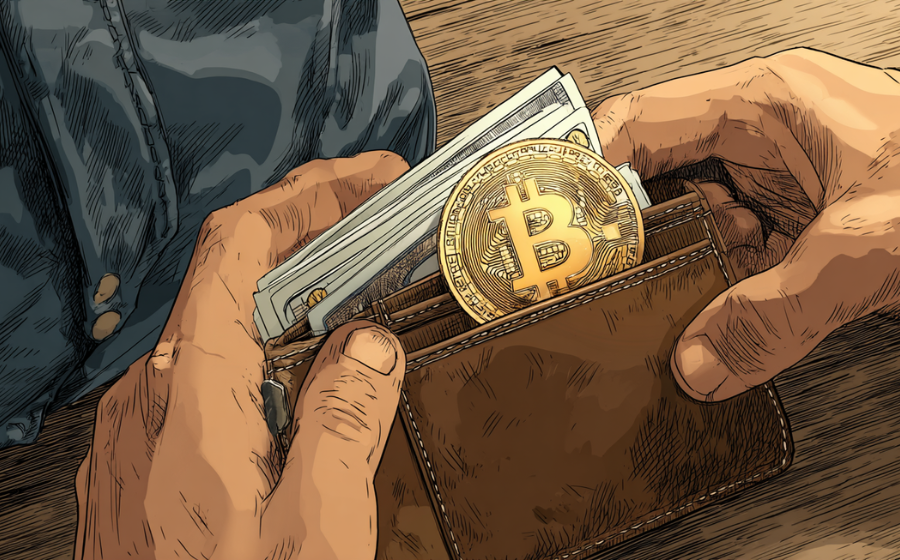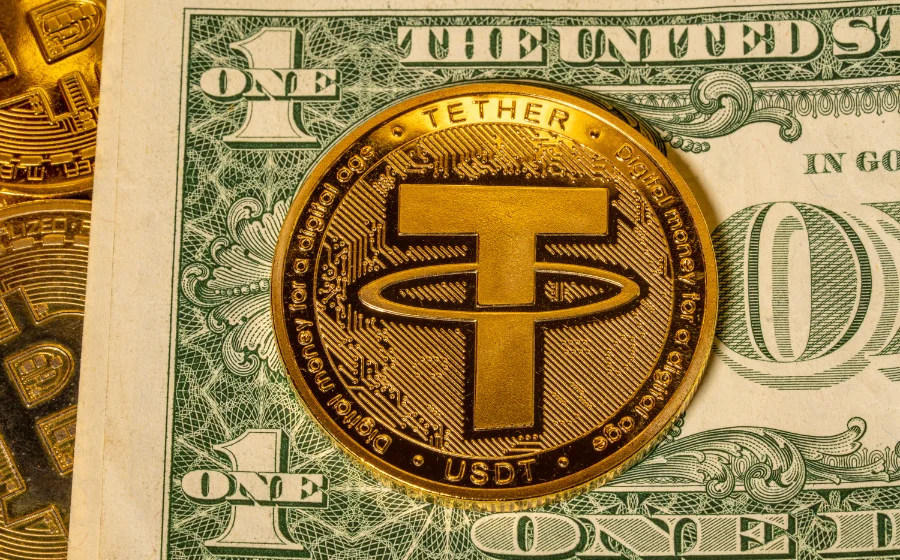
KEYTAKEAWAYS
- A crypto wallet secures private keys, enabling access to digital assets. Choosing between a Hot Wallet and a Cold Wallet depends on usage and security needs.
- Hot Wallets provide convenience and fast access for frequent transactions but carry higher security risks due to constant internet connectivity.
- Cold Wallets offer stronger protection for large or long-term holdings, though they require more effort to access and manage securely.

CONTENT
Learn the difference between Hot Wallets and Cold Wallets in crypto. Learn how to balance security and convenience when managing your digital assets.

WHAT IS CRYPTO WALLET?
A crypto wallet doesn’t actually store coins the way a physical wallet holds cash. Instead, it secures your private keys—unique alphanumeric strings that allow you to authorize transactions on the blockchain. Remember, the blockchain itself is a decentralized ledger that records all transactions and token balances.
Think of a crypto wallet as a keychain. On this keychain hangs the private key to your digital treasure chest (your crypto). Without that key, you can’t unlock the chest or move your tokens.
In addition, a crypto wallet can generate one or more “addresses,” which work like bank account numbers. These addresses are public and can be shared with others so they can send you crypto. However, your private keys must remain secret. Losing them means losing access to your funds forever—there’s no reset button.
This is why security is critical. Whether you use a Hot Wallet (connected to the internet and convenient for frequent transactions) or a Cold Wallet (offline and far more secure against hacks), the golden rule remains the same: your keys are your assets.
>>> More to read: Crypto Wallet Recovery | Secure Your Assets
WHAT IS HOT WALLET?
A Hot Wallet is a type of crypto wallet that remains continuously connected to the internet. You can access it anytime through your mobile phone, tablet, or computer. Because a Hot Wallet is always online, it is ideal for quickly sending, receiving, or trading crypto. However, this constant connection also makes it more vulnerable to potential attacks.
📌 Types of Hot Wallets
In the past, Hot Wallets were often categorized by platform or device, such as:
✅ Mobile Wallets: Applications installed on smartphones, offering easy access on the go.
✅ Desktop Wallets: Software installed on computers, often providing advanced features and multi-asset support.
✅ Browser Wallets: Typically browser extensions designed for Ethereum and related blockchains, enabling direct interaction with decentralized applications (DApps).
✅ Exchange Wallets: Wallets provided by crypto exchanges, usually custodial—meaning the exchange holds your private keys on your behalf.
Today, many wallet providers offer multiple formats and cross-device compatibility. The key point is simple: any crypto wallet that stays connected to the internet is considered a Hot Wallet.
📌 Hot Wallets Pros and Cons
The biggest advantage of a Hot Wallet is convenience. You can access your funds anytime and execute transactions instantly. They are highly user-friendly and easily connect to DeFi platforms and applications that require a wallet to operate.
The main risk, however, lies in security. Because a Hot Wallet is almost always online, it is more susceptible to hacks, phishing, or malware. For example, connecting your Hot Wallet to a malicious site or using it on an insecure device could expose your funds to theft.
Overall, Hot Wallets are best suited for users who:
- Hold smaller amounts of crypto for daily use.
- Trade frequently, such as active traders or scalpers.
>>> More to read: What is Scalping Trading in Crypto?
WHAT IS COLD WALLET?
A Cold Wallet stores private keys offline, meaning it does not remain continuously connected to the internet like a Hot Wallet. This makes it significantly more secure against hackers, phishing attempts, and other online threats.
📌 Types of Cold Wallets
- USB Hardware Wallets: These look like regular USB drives but contain specialized security chips. You plug them into a computer to manage your crypto. Popular examples include Ledger and Trezor.
- Smartcard Hardware Wallets: About the size of a credit card, these wallets use NFC technology and can work with different devices, such as phones or computers. Some are embedded into rings or wristbands. Tangem is a well-known example.
- Bluetooth Hardware Wallets: These connect wirelessly to your mobile device or computer via Bluetooth. They require batteries to operate and may occasionally be inconvenient when syncing.
- Air-Gapped Hardware Wallets: These devices never connect to the internet. Transactions are signed completely offline, offering the highest level of security, though daily use can be less practical.
- Paper Wallets: Printed sheets containing your private and public keys. While simple, they are risky since paper can be lost, stolen, or damaged. Not recommended for beginners.
📌 Cold Wallets Pros and Cons
The greatest advantage of a Cold Wallet is security. Since it operates offline, it provides robust protection against online attacks and is the preferred choice for storing large amounts of crypto over the long term.
On the downside, Cold Wallets are less convenient. To use your assets, you must connect the device and go through extra steps to authorize transactions. Physical risks also exist—if the device is lost, damaged, or not properly backed up, you could permanently lose access to your funds.
In short, Cold Wallets are best suited for investors and holders who prioritize maximum security and long-term storage over day-to-day convenience.
>>> More to read: Top 3 Popular Crypto Cold Wallets In 2025
CHOOSING BETWEEN HOT WALLET AND COLD WALLET
Deciding whether to use a Hot Wallet or a Cold Wallet depends on your trading habits, the amount of crypto you hold, and your overall risk tolerance.
If you frequently trade or interact with DApps, a Hot Wallet is often the better choice because it provides speed and easy access.
If you hold a large amount of crypto or plan to store tokens securely for the long term, a Cold Wallet may be more suitable due to its enhanced security.
Many users combine both approaches: keeping a small portion of funds in a Hot Wallet for daily spending and the majority in a Cold Wallet for safekeeping.
✏️ Conclusion
A crypto wallet is your gateway to digital assets, and the type of wallet you choose will determine how you balance convenience and security.
A Hot Wallet makes managing your crypto easier on a daily basis but comes with higher exposure to online threats. A Cold Wallet provides stronger protection for your private keys but requires extra effort when accessing funds.
For most users, a hybrid approach—using a Hot Wallet for quick transactions and a Cold Wallet for long-term storage—strikes the best balance between accessibility and security.

















